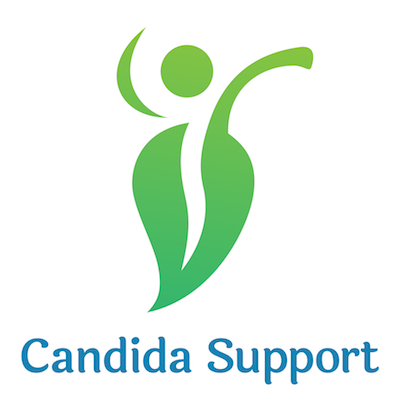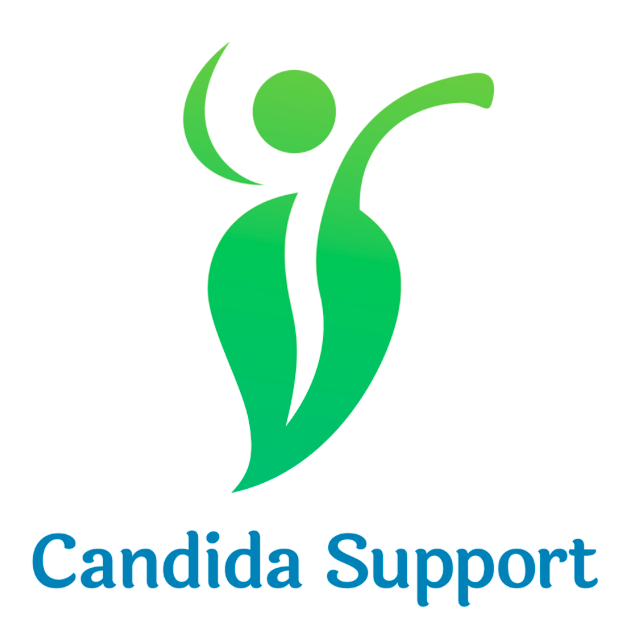How to Boost Your Candida Treatment by Adding Fiber to Your Diet
When we first began selling ThreeLac™ and its companion products to control Candida overgrowth, we touted the products by saying, “No need for special diets”!
I think we can all agree that getting out from under the tyranny of the Candida Diet is good news!
Then we received this email:
“I love your products! Now I can return to my usual supper of pizza, Twinkies and a six-pack.”
We answered his email immediately and corrected this false impression and to this day we hope he was only kidding . . .
But it made us aware that part of our mission in helping people with their Candida treatment and improving their overall health was sharing information about healthy diets and how extremely important they are.
One of the most important elements of a healthy diet (after eliminating sugar) is adding fiber.
Why is adding fiber such a big deal if you want to boost your Candida treatment?
Once you have managed to get your Candida under control, adding fiber to your diet (and eliminating processed, low-fiber and fiberless foods) is one of the best ways to help your microbiome recover. Fiber is a “pre-biotic," which means it feeds the good “probiotics” in your gut. Thus, it can even help your ThreeLac™ to work more effectively!
And what IS fiber, exactly?
Perhaps you heard your grandmother or great grandmother encourage you to eat “roughage”. Roughage, or fiber, is the part of a plant or grain that cannot be digested. But ironically, it actually aids digestion. It is found in all vegetables, fruits (especially the skins), nuts and seeds and the bran in whole grains.
And what is NOT fiber? Meat, dairy products (although eating some meat and dairy is fine), and “processed” or “hyper-processed” foods: white bread as opposed to whole-grain, white rice instead of brown, apple juice as opposed to an apple, refined sugar as opposed to a beet. The closer the food is to how it grew in nature, the more fiber.
Food writer Michael Pollan has made a video giving a clear and easy guide to what “hyper-processed” food is, why it is such a problem, and how it can be so beguiling.
If your diet is currently pretty low in fiber, add it back in gradually: too much enthusiasm may lead to gas and bloating and cause you to give up before you reap the benefits. To start, try adding one more serving of whole fruit or vegetables a day for a week, then go up to two servings a day, and so on. You can even try a fiber supplement; again starting small. Vibrant Nutraceuticals’ Clarifiber™ is a gentle, daily product, especially formulated to enhance probiotic regimens.
In the Western world, we tend to think of the downside of processed food diets as obesity, Twinkies as the enemy of weight loss. Obesity can lead to a score of health problems, including heart disease and Type II diabetes; but there is another reason for eating a fiber-rich diet. This may be the most important one of all: the health of our microbiome.
What's the microbiome got to do with it?
The “microbiome” (which literally means “tiny environment”) is the community of gut microbes that, in a healthy person, protects us against “bad bacteria”, breaks down and digests food to make nutrients available and release energy, and produces vitamins.
When the microbiome is compromised—as is the case with Candida overgrowth—it creates gut dysbiosis or imbalance. This makes us more susceptible to disease, gastrointestinal disorders, and can even lead to autoimmune disorders like inflammatory bowel disease and chronic fatigue syndrome.
According to an article in the Jan/Feb 2019 issue of Spirituality and Health magazine, “When you alter your diet, such as switching to a high-fiber/low-fat diet, changes in the microbiome can be detected within three days. It has been suggested that changes in diet can account for over half (57 percent) of the variation in the microbiome in a person, while genetic variation accounts for only 12 percent.”
This article goes on to say that humans are losing gut microbiome diversity by consuming a low-fiber/high simple-sugar diet, which will eventually impact longevity and ability to fight disease.
That’s scary, but the remedy is simple: treat your Candida yeast overgrowth and go eat an apple! You'll be glad you did.




